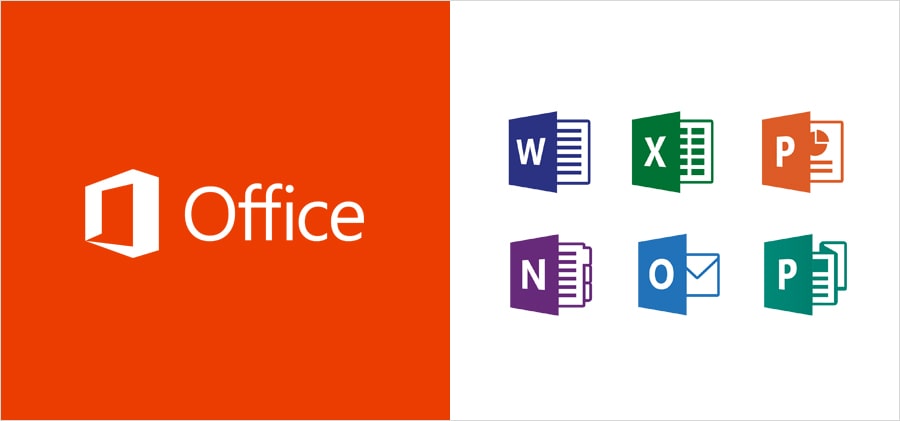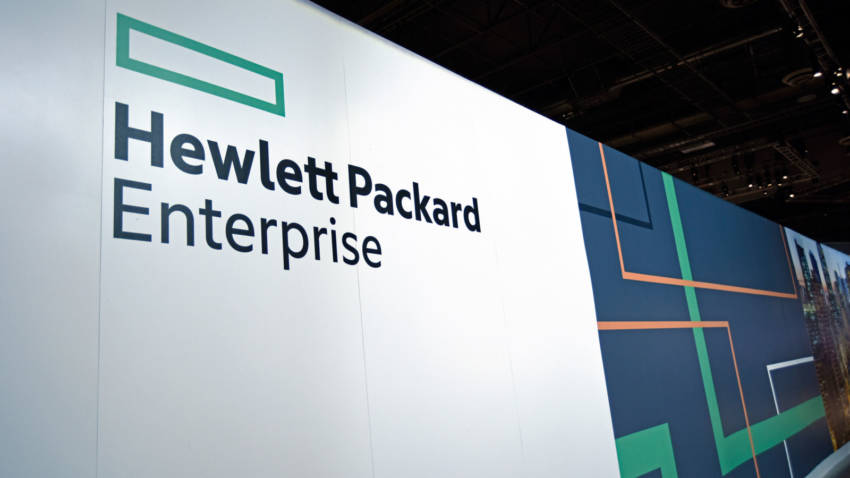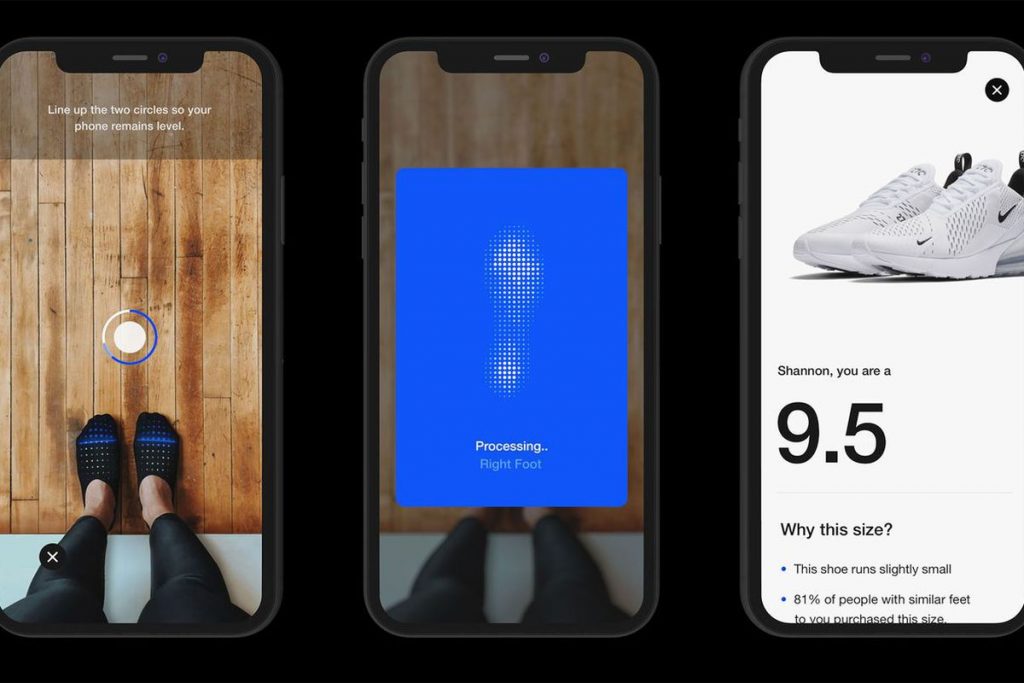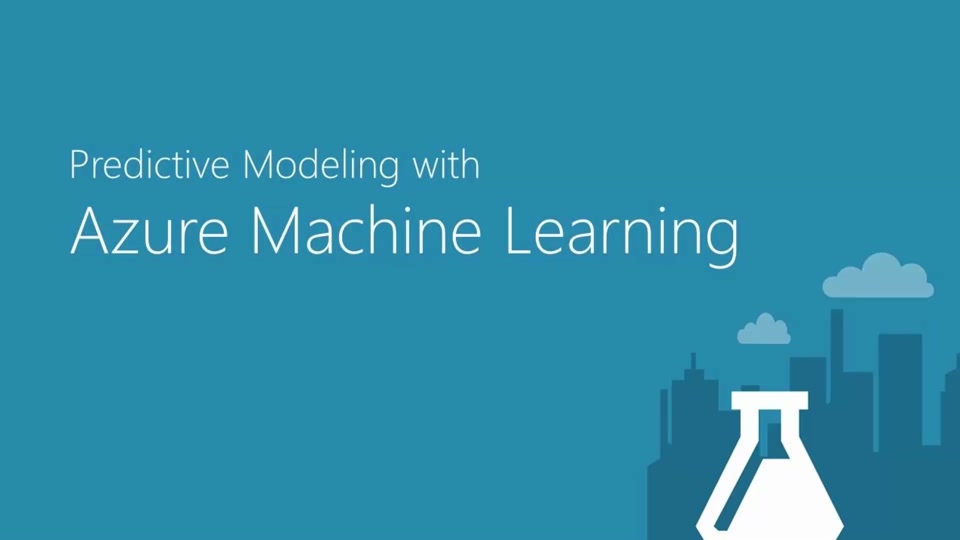Simon Knowles : A Pioneering Engineer in the Field of AI-ML
In the 21st century, Artificial Intelligence and Machine Learning have spread a cloak of mystique around the world that no one wants to drop off. Today, the prime area of learning, research and improvement have been revolving around these two things which so far seems to the two most important and necessary development of science.
With science already bringing a new wave of inventions to the shore of computation, Simon Knowles is ruling the world with his idea of creating chips for AI and ML which will make the computer’s brain work more like a human’s brain.
Simon Knowles is a famous entrepreneur and an engineer who is the co-founder of Graphcore, a semiconductor company that he founded along with Nigel Toon. Knowles’s main aim is to create an IPU (Intelligence Processing Unit) that can allow humans to explore the scope of AI more freely and not just scraping the surface.
Education and Early Career of Knowles

Simon Knowles graduated with a degree in Electrical Engineering from the University of Cambridge. After graduating, he went to study early neural networks at a UK government research lab.
He co-founded his first start-up, Element 14, a wireless processor developing company in the 1990s, which came under the acquisition of Broadcom Inc. in 2000. He sold the company for $640 million and co-founded his second start-up, Icera, in partnership with Toon. The company was established for mobile chip making in 2002, which later was acquired by Nvidia for $436 million.
The Idea of Graphcore
After selling Icera to Nvidia Corp. in 2002, both the co-founders were trying to settle on one single idea, which could be their next field of research or next chance to make billions. Not being able to make a choice, Knowles decided to attend the series of lectures at Cambridge University. One day, he attended the presentation of Steve Young, a Cambridge professor of the Information Technology department, who was elaborating the limits of computational dialogue systems. Young is also known to invent a speech processing service which is now used in Siri.
While Knowles listened to Young’s speech, the former asked him multiple questions about numerical precision and energy efficiency. But, it seemed like Knowles’s questions were out of the field for Young, but that is where Knowles’s interest was stuck as he wanted to invent something instead of just swallowing the lump of information.
Few days after the lecture, Young contacted Knowles to tell him that his students found out that they were using 64 bits of data for one single calculation. They realized that this can be replaced by 8 bits data per calculation, as Knowles suggested in the lecture, which will save the energy that is consumed before. But the calculations won’t be that precise. Well, Knowles said that was his entire idea to manipulate the brain of the computer and make it more human-like. Knowles, in one of his interviews, said that if they could build this kind of processor, the performance factor will be increased by one thousand.
Everyone including, Young and Toon, was very impressed with his idea, and hence, Knowles and Toon decided to found Graphcore, to build this new kind of IPU. They started raising capital from 2013 and were finally able to launch Graphcore in 2016.
Success of Graphcore
After carrying out thorough research, for three years, to create energy-efficient and a cost-efficient chip, that can harness all the power at one single time, but uses less energy than a GPU, they designed a chip with 1,216 processor cores with 24 billion transistors. This chip was manufactured in 2018 and turns out, it was able to detect 10,000 different images per second.
The company is still working on these chips and making it recognize more complex data and not just simple objects. Knowles’s main goal is to provide the machine with lots of data, and the machine should find out a way to complete the given task. Knowles’s dream to make machines behave human-like is bringing a new era, an era of Artificial Intelligence.
The first funding round of Graphcore was led by Robert Bosch Venture Capital in 2016, followed by a round B funding in 2017 by Atomico, and a few months later, by Sequoia Capital. In 2018, Graphcore raised $200 million in series D funding from investors like Dell, Microsoft and Samsung, which resulted in its net worth to $1.7 billion in December 2018. The company also announced that it might hit $50 million revenue this year.
Graphcore also provides server blueprints to many big companies to guide them on how they should manufacture next-generation computers.

Annasha Dey is an NIT student, who apart from studying engineering is also a content writer. She has a great interest in photography, writing, reading novels, and travelling as well. She is a foodie who loves socializing and hanging out with her friends. She is also a trained Kathak dancer and a big fashion enthusiast. Dey also loves watching TV series, which includes F.R.I.E.N.D.S. and Big Bang Theory. To be a better writer she prefers to read more







